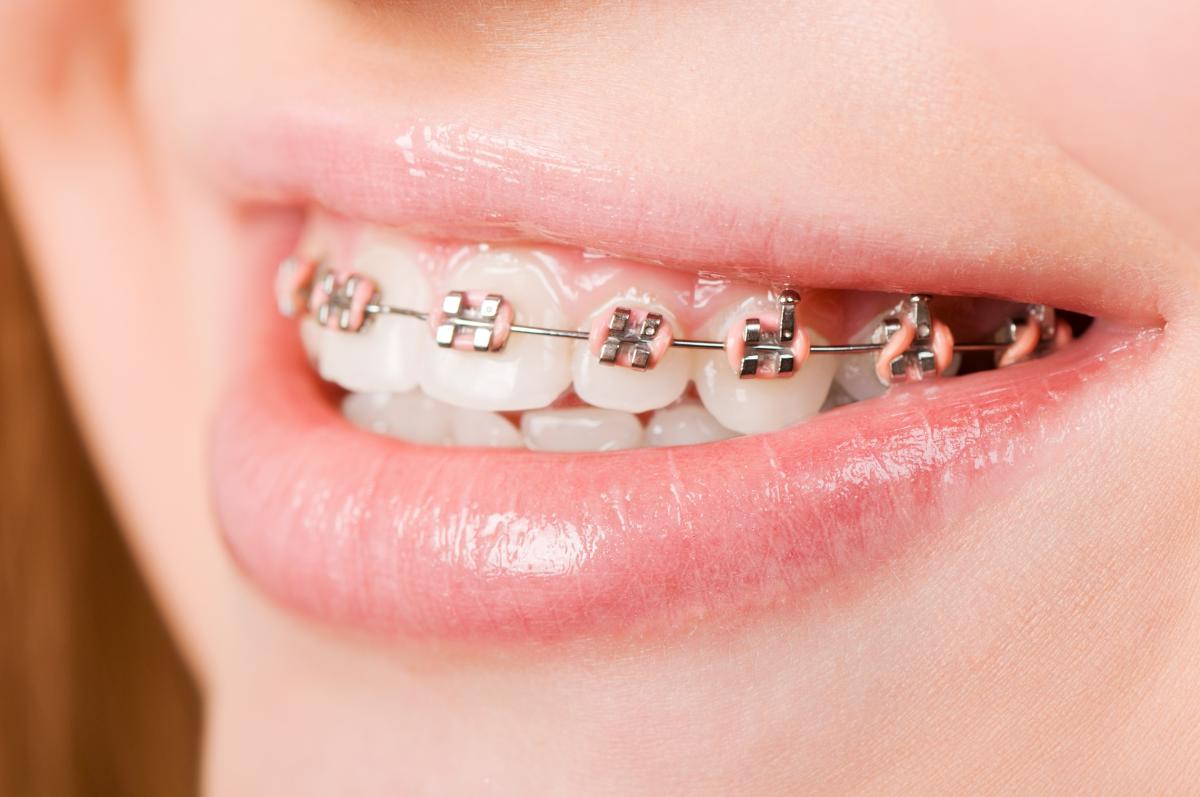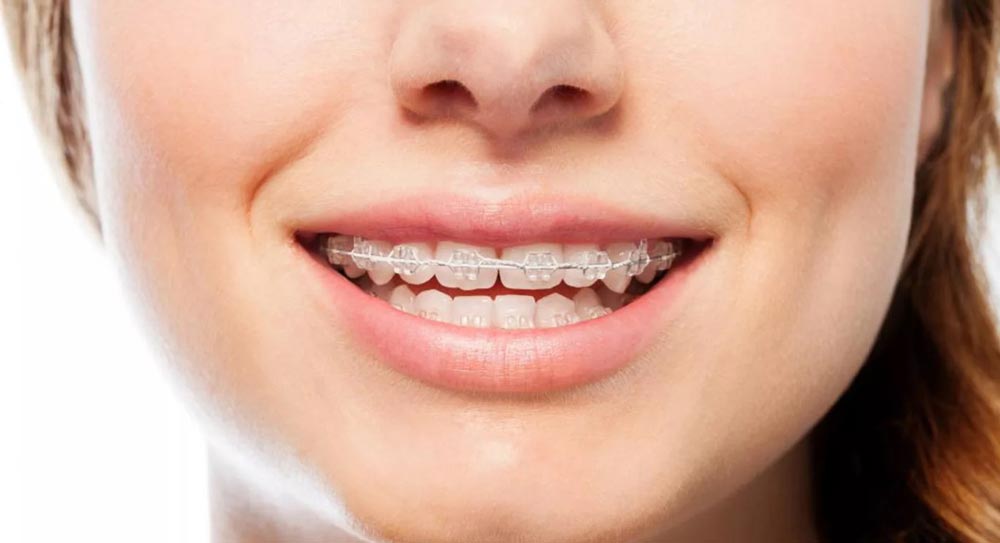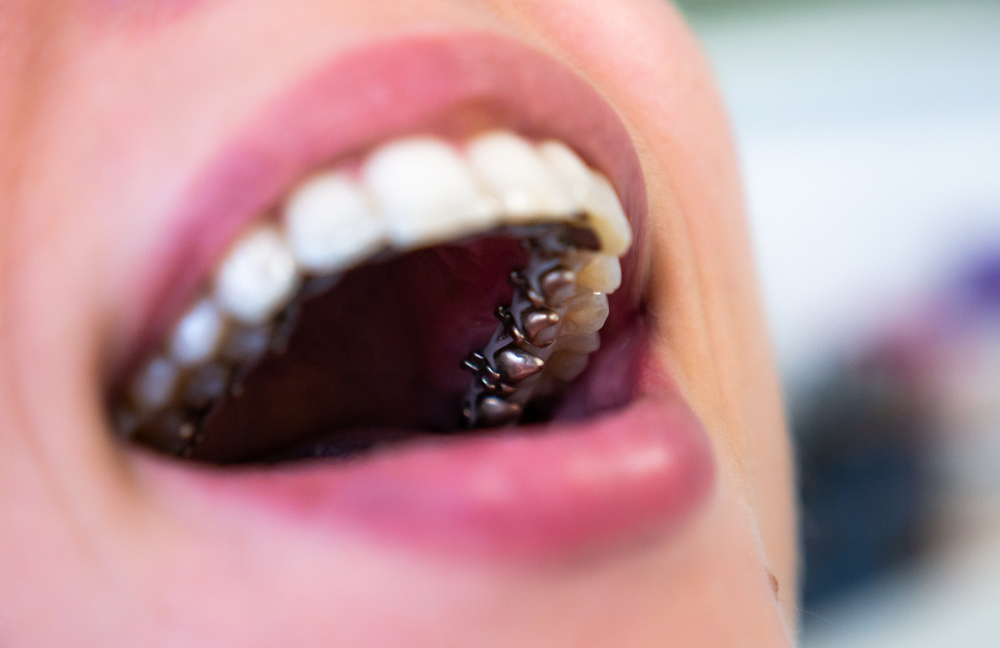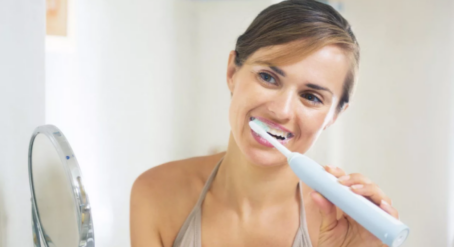Orthodontic treatment is a rite of passage for many who want the confidence that comes with straight teeth. As other treatment options grow in popularity, some people are hoping they will be able to forego traditional metal braces in favour of clear aligners or ceramic braces for more discreet treatment.
However, while clear aligner treatment might seem like an appealing option, it’s important to note that it’s not suitable for all cases. You’ll need to be assessed by a specialist orthodontist to see if clear aligner treatment or braces is the right path to take towards a flawless smile.
Signs you might need orthodontic treatment
While perfecting your smile is the main goal for most patients, there are other reasons why you might decide to have orthodontic treatment, which include:
- Misaligned bite
- Diastema (gaps)
- Crowding or misplaced teeth
- Pain or discomfort in the jaw
- Teeth that came in abnormally or not all
What are the different types of orthodontic treatment options?
While you may not want metal braces, it’s important to consider which treatment option will be the most effective, rather than the most aesthetically appealing.

Metal braces
Traditional metal braces are still the most common form of orthodontic treatment recommended by specialist orthodontists when teeth need to undergo significant movement that can’t be predictably achieved with removable clear aligners.
Metal braces consist of metal brackets attached to the teeth and connected with a thin metal wire that is adjusted at regular intervals to put gentle pressure on the teeth to move them into their new position. Coloured bands around the metal braces make them particularly popular with kids and teens who like to customise their appearance at each appointment.
Whether your teeth need to undergo more complex movement or if you are not disciplined enough to wear removable clear aligners, metal braces are often the most popular and effective option available.
Self-ligating braces
Self-ligating braces are similar to metal braces. The difference is that self-ligating braces will use either active or passive brackets to hold the wire in place. Self-ligating braces use a small door or gate-like mechanism that closes over the brackets, regardless of their type. Like with traditional braces, self-ligating braces need to be monitored to ensure the mechanisms on the brackets are still functioning the way they’re meant to.
There may be some positives to having this type of braces, such as being smaller in size and may be less noticeable than metal braces.

Ceramic braces
The main difference between metal braces and ceramic braces is their appearance. Using clear or tooth-coloured brackets and wires instead of the traditional metal ones gives them a subtler look that is popular with adults.
Since they work in the same way as metal braces, they are generally recommended for those needing more extensive orthodontic treatment who would still like their treatment to be subtle.

Lingual braces
Depending on the extent of the treatment required, you may be a suitable candidate for lingual braces. This form of treatment is practically invisible because the wires and brackets are placed along the inside of the teeth.
Due to its closeness to the tongue, lingual braces may affect speech and take a little bit longer to get used to than other methods. In most cases, they’re also 100% custom made for each patient, which can make them more expensive than other treatment options.
Clear aligner treatment
Clear aligner treatment, such as Invisalign®, Spark® and 3M Clarity®, uses a series of clear plastic aligners to ease your teeth into a new position. Each aligner in the sequence has minute differences that apply gentle pressure to the teeth that need to move. Treatment may require the use of attachments or ‘buttons’ that help the aligners to grip the tooth and move it more effectively, which is why clear aligner treatment should always be provided by a specialist orthodontist rather than using DIY products.
Due to the nature of clear aligner treatment, it is not recommended for every case. There are limitations regarding the type of tooth movements which can predictably achieved with clear aligners and as a result they are not recommended in certain situations or when the wearer is not disciplined enough in their use.
Which type of braces are more effective?
Another consideration that is often front of mind when selecting the type of treatment to undergo is which will be the fastest and most effective. The truth is, your unique case and the movements that need to be performed will be the true indicator of speed and effectiveness, rather than the appliance itself. However, in many cases traditional metal or ceramic braces will be the most effective option as they’re capable of bite correction and fixing more severe malocclusions than most other treatment methods.
How are braces applied?
Metal braces are attached to your teeth so that they can’t be removed, allowing them to work round the clock to straighten your teeth. Circular metal bands are sometimes placed around your molars at the back to anchor the braces, so depending on how crowded your teeth are you may need to have a spacer inserted to make it easier for these to be applied.
After that, the metal brackets are secured to the front of your teeth using a special glue or dental cement (for lingual braces, this process happens along the inside line of the teeth). The archwire is threaded through these brackets and held in place with your choice of coloured bands. While they are very secure, you do still need to look after them properly, so you don’t ‘break’ the wire or the connection to your tooth. The substance that glues your brackets to the teeth should only be removed by your orthodontist using a special solvent.
Do teeth become more loose after braces?
In general, some temporary increase in mobility is common. This is due to the tooth ligaments being stretched and remodelled with the orthodontic tooth movement. It’s perfectly normal that your teeth might feel a little loose for the first few days after an adjustment or after getting your braces off, but it’s not a sign that your teeth are weak or are about to fall out. The forces applied by braces are low and safe if your teeth are otherwise healthy. Your orthodontist is an expert in determining the safest and most effective way to move your teeth.
So which option is right for you?
While you may prefer subtler treatments if you are feeling self-conscious about the prospect of metal braces, it is important that you receive the right treatment option for your smile.
The only way to know for sure which treatment option will be best suited to you is to make an appointment with a specialist orthodontist. Use our Finder Tool to search for a local orthodontist in your local area, so you can get an expert opinion on your treatment options.










